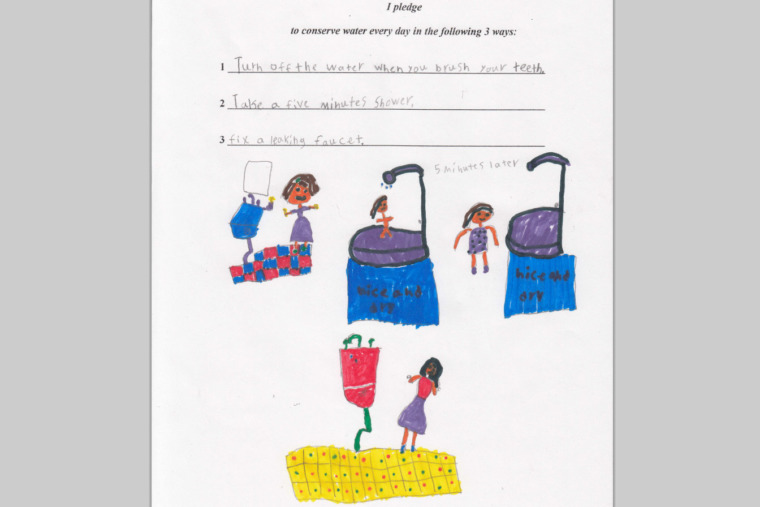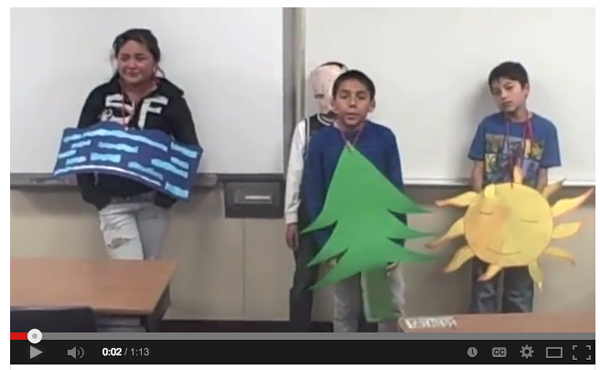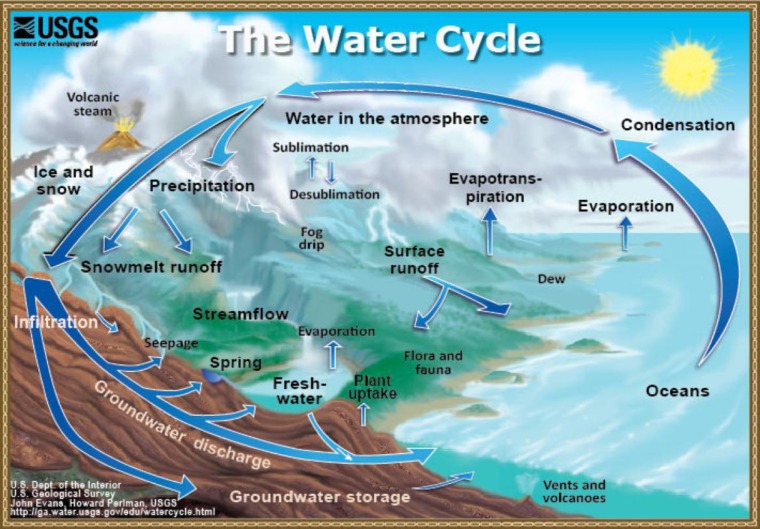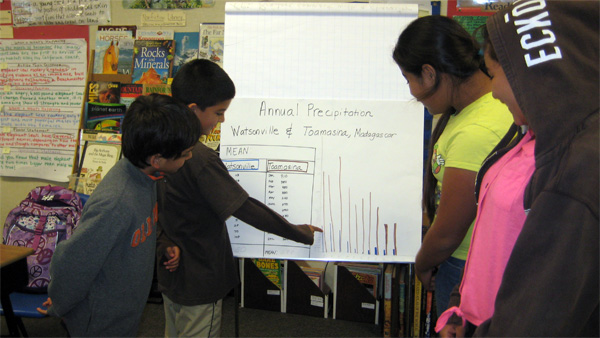Which type of ecosystem acts like a sponge, filters water, protects people from floods, stores carbon, AND is home to an astonishing array of plants and animals?


Which type of ecosystem acts like a sponge, filters water, protects people from floods, stores carbon, AND is home to an astonishing array of plants and animals?

We can all make a significant difference in water conservation and protection of water sources if we are mindful of our daily activities and choices.

Purpose: To provide students with an opportunity to work together collaboratively on a common goal: writing, creating, designing, and performing their own water cycle play.

Purpose: To bring awareness about how rainforests play a critical role in maintaining water cycles globally.

Purpose: To appreciate the difference in the amount of precipitation between rainforest regions and students’ location.

Groundbreaking research shows that rainforests and coral reefs create rainfall.

Purpose: To solidify the stages of the water cycle by creating colorful mobiles that can be showcased in the classroom.

Learn what the water cycle is and how water cycles differ between rainforest regions and areas around the USA.